If it wasn’t for evolution, we’d all still be sitting around in caves banging rocks together. And the thing is, evolution is very much a part of the information technology (IT) industry, too – if you don’t evolve along with the rest of it, you might find your business looking somewhat Neanderthal compared with your competitors. You could even face substantial shocks and the possibility of things grinding to a sudden halt, all because one or another part of your business software wasn’t kept current with the latest updates or version.
IT systems – the backbone of your business
Now, let’s accept that making windows and doors is what your business is all about (and you’re obviously good at it). That’s always going to be the core focus. But IT systems today are absolutely fundamental to keeping the factory running. It’s the same for just about all businesses, regardless of what they do.
Those IT systems are comprised of multiple components, from physical computers, to the operating systems that run on them, and then a whole lot of programs (applications) which you use to run various aspects of your operations.
The tricky bit is that every software component, and there can be tens or hundreds of them, evolves at a different pace. Behind every application is a vendor, with a team of developers, who are focused on continuously improving the software.
Those improvements might be the introduction of new features which can benefit you. Or the improvements might be security-related. Sometimes, the improvements are made to maintain compatibility and stability with other applications, usually operating systems. But whatever the reason for the improvements, it is important for your business to update your software regularly and keep it current.
If you don’t, incompatibilities can steadily creep in. Security vulnerabilities can leave you exposed to hackers or viruses. And, if updates occur haphazardly (some programs automatically update, others can’t or don’t), your business systems might just grind to an incomprehensible halt in the worst case scenario.
For those who feel like the endless upgrade cycle is an exercise in futility, keep those cave men in mind. Were it not for small but steady improvements, we might all still be sitting there. If we were all still on Windows 95 and Internet Explorer 1.0, we wouldn’t have the smartphones, tablets and associated services like navigation, multiple communication modes and internet everywhere that we enjoy today.
Avoid stagnation
In closing, consider a quote famously (mis)attributed to Charles H. Duell, commissioner of the United States Patent and Trademark Office back in 1898-1901. He purportedly said the business of the Patent Office would decline because “Everything that can be invented, has been invented”.
Although he may or may not have said that, the sentiment provides a telling lesson. If we assumed in 1900 that there was nothing more to invent, the world would be a very different and far less sophisticated place. Probably one with fewer window and door companies, too.
The point is that software developments ultimately benefit our businesses – but to take advantage of these benefits, discipline and focus should be brought to managing software updates and keeping your whole environment current.
